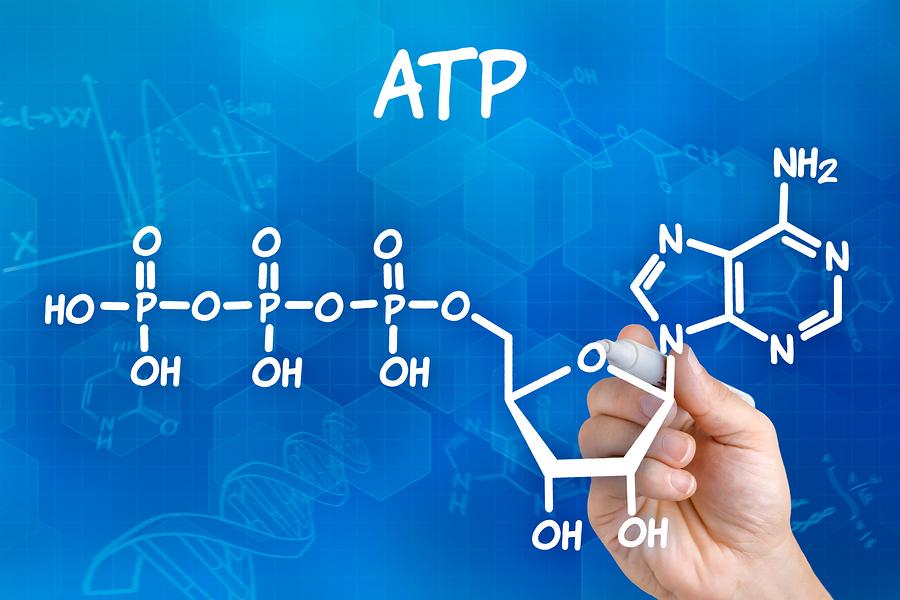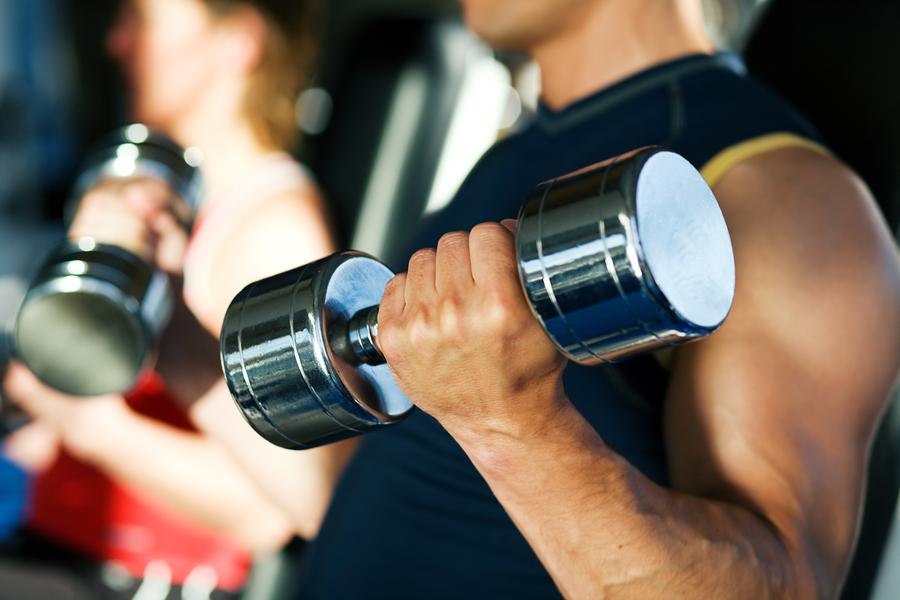One thing that all humans have in common is that their bodies must use energy from food in order to bring about movement, as well as to allow essential bodily functions to continue. Although this energy must be sourced from food, the food must first go through a process in order to be turned into energy.
Once the food that we eat has gone through the digestive process, the carbohydrates are broken down into glucose, the proteins are broken down into amino acids, and the fats are broken down into fatty acids. These simple compounds are then absorbed into the blood stream and delivered to cells throughout the body.
Adenosine Triphosphate
Once in the cells, these energy sources then form adenosine triphosphate, also known as ATP, which is essentially the energy currency of the body!
There are three different energy systems within the body that are used to supply the cells with the ATP that they require. The majority of the activities that the human body engages in will require all three of these energy systems to work together. This provides a continuous supply of energy.
A continuous supply of ATP is necessary because the body needs energy for all that it does – both inside and out.
Let’s take a look at what these systems are and how they work!
ATP-PC System
The ATP-PC system is also known as the creatine phosphate system. It is the system that is called upon for short bursts of intense activity, such as those lasting up to 10 seconds. In the sports world, these activities could include shot-putting, weight lifting, or those where sprinting for very short periods of time is required.
The ATP-PC system is anaerobic, meaning it does not require oxygen. When called upon, it uses the small amounts of ATP already present in the muscles to immediately create energy. Before ten seconds is up, the ATP that was present in the muscles will become depleted. When this happens, the body will break down another compound stored in the muscle, known as phosphocreatine. This allows the activity that is being undertaken to continue.
Because this energy system is never active for a substantial amount of time, practically no waste products are produced.
Lactic Acid System
The lactic acid system is also known as the anaerobic glycolysis system. This is the system that creates energy from the glucose that is stored in the muscles. This energy system can operate both with or without oxygen. When there isn’t a adequate amount of oxygen present then lactic acid will be produced as a by-product.
The lactic acid system will only create enough energy for up to approximately two minutes of high intensity muscular activity. As the body continues to rely on this energy system, lactic acid will begin to build up, which will cause muscle soreness, fatigue, and a shortness of breath. This will inhibit the body from being able to continue with the activity for too long.
Aerobic System
The aerobic energy system is also known as the oxygen energy system. This is where the majority of the ATP in the body comes from. The aerobic energy system utilises the breakdown of certain nutrients to make ATP.
The aerobic energy system is slow to provide energy because of the complexity of the system. It is reliant on oxygen, and therefore it cannot function without the circulatory system.
Activities that occur over long bursts of time, such as long distance running, swimming or rowing, rely upon the aerobic energy system. This system also provides the energy required for internal essential functions, such as digestion and the repair of body tissue.
Working in Unison
As mentioned earlier, all three of these systems will generally work at the same time in order to fuel the body. However, there will usually be one dominant system, depending on the activity in question.
Training the Energy Systems
It is possible to improve the efficiency of these training systems. In order to do this you must select which of these energy systems is most advantageous to the aims of your training. For example, if you wish to lift heavier weights, or become stronger for similar activities, then you may wish to focus on the ATP-PC system.
Lifting heavy weights for sets that last under ten seconds, with reasonably long rest periods in between, will help to train this energy system. Focus on this method for between 70% and 80% of each of your workouts and monitor your progress to see how you are developing.
You can apply this technique to any of the other energy systems, by primarily focusing your workout on the activities that are most relevant to each system. You will likely soon notice the improvements in your abilities if you commit to training your chosen energy system regularly.
References
1) https://www.bodybuilding.com/fun/3-energy-systems-help-trainer.htm
Related Posts
Cigarettes May Inhibit Inflammation Treatments
Axial spondyloarthritis, also known as AxSpa, is a chronic…









